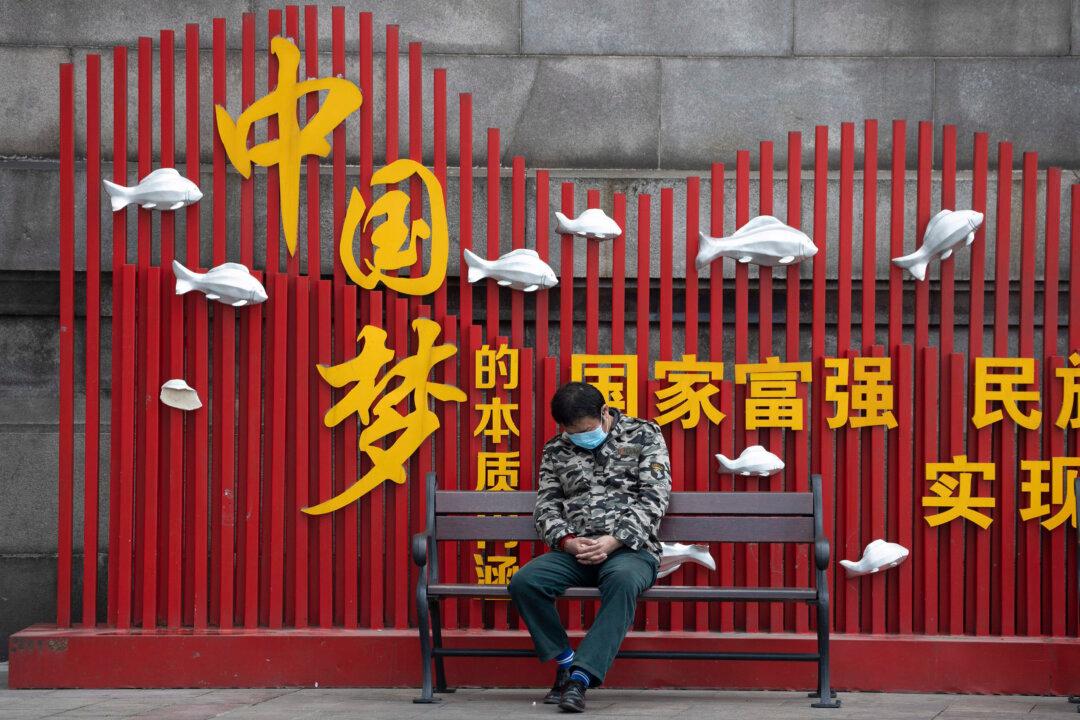As accusations mount against Beijing for its wrongdoing leading to COVID-19 becoming a pandemic, the Chinese regime has ramped up propaganda both to defend itself and to attack others. Canada is vulnerable on the home front and can’t simply rely on a national security agency to thwart the threat, experts say.
Disinformation is part of a broader hostile communications strategy of totalitarian states. It attempts to manipulate public opinion by creating or sharing false information, and is used together with coercion or soft power to sway people to take more favourable stances toward the offender.
And then there is “wolf warrior” diplomacy. An example is China’s recent threat to boycott Australian goods when that country pushed for an investigation into the outbreak of the CCP (Chinese Communist Party) virus, commonly known as novel coronavirus.
“They need to do this to deflect attention obviously away from their own failures, which are primarily the suppression of data and information regarding the coronavirus,” Macdonald-Laurier Institute senior fellow Marcus Kolga told The Epoch Times.
Kolga, a digital communications strategist and expert on disinformation campaigns, says propaganda from malign state actors is a serious problem and Canada is not doing enough about it.
He adds that dealing with it goes beyond the responsibility of a national security agency.
“This is a whole-of-government, whole-of-society problem, and the approach that we need to take is whole-of-government, whole-of-society, but frankly whole-of-democracy,” he said. “The ultimate aim of all of these governments is to undermine and subvert our democracies.
“Destabilize, that’s what they’re trying to do.”
This is accomplished by turning us against each other, Kolga added.
Protecting Ourselves
“We need to be ensuring that Canadians are aware of what these disinformation narratives are. So that means monitoring them and exposing them when they come up,” Kolga said.
A 2018 CSIS disinformation study stated that “both Moscow and Beijing have developed sophisticated information doctrines” to protect themselves domestically and advance foreign-policy interests. This involves coordinating messaging across multiple platforms like television and social media.
“Disinformation serves immediate and long-term strategic objectives,” the report states.
Increased public awareness is needed so that people can tell what’s propaganda and what isn’t. There are many ways to counter the threat, but the report concludes that “there is no guarantee that even effective counter-campaigns can defeat the high volume flow of malicious communications.”
Canadians need to understand which foreign media pump out propaganda—like Russia’s RT or Sputnik and China’s Xinhua—and they should have warning labels like the ones put on television programs for violence or foul language, Kolga said.





